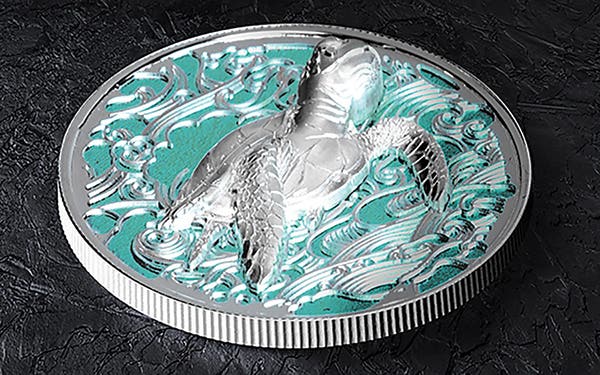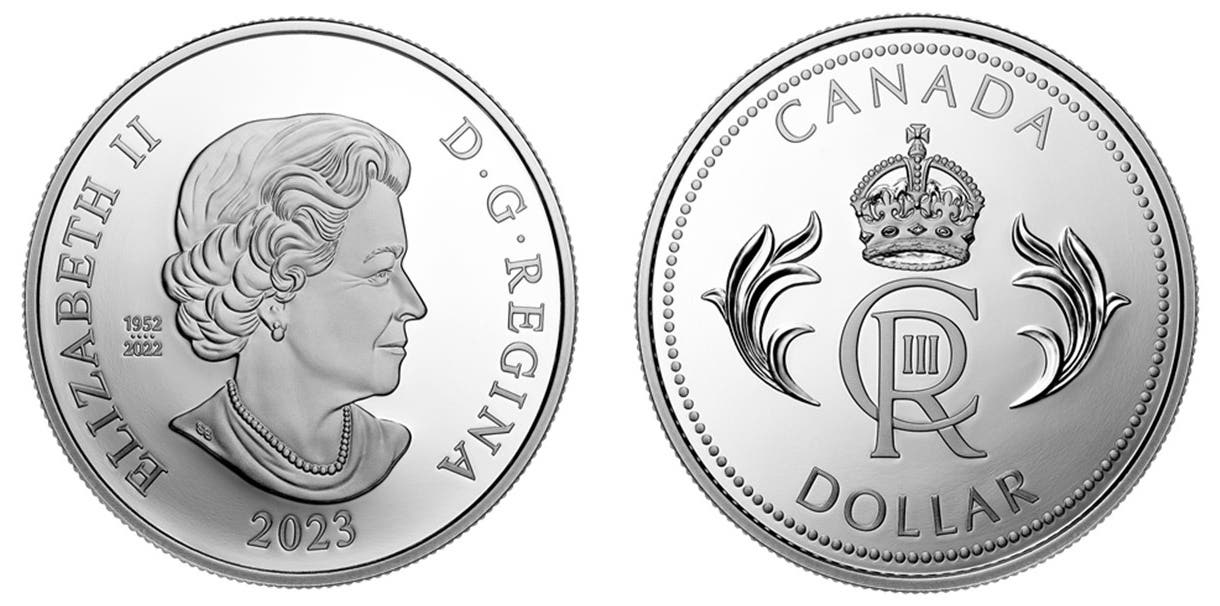Rare 1943 Lincoln Cent Made of Tin and Other Metals
M. Houston, an unsuspecting collector, found a Lincoln cent on the ground as a child. He retained this cent in his collection for 50 years or more. He recalls what…
M. Houston, an unsuspecting collector, found a Lincoln cent on the ground as a child. He retained this cent in his collection for 50 years or more. He recalls what struck him about the coin was it was silvery-grey in color. This was different from any other Lincoln cent he had seen.
Many years later, as an adult, he read an article about the copper alloy 1943 cents which encouraged collectors to try attracting their 1943 cents to a magnet. All of his did, except one.
He decided to call the American Numismatic Association, and historian, Sam Gelberd. After describing what he found, Gelberd suggested that he check to see if the coin was stamped on a foreign planchet minted at the US mint. Gelberg sent him a list from the Liberty Coin Service.
When Houston could not match the coin visually or by weight, he sent the coin to Numismatic Guaranty Corporation (NGC) for grading. In May of 2019, NGC certified the coin as a 1943 XF details damaged 1943P Lincoln cent. This did not explain though why the magnet did not attract to the cent.
Houston then took the coin to an assay house and had them perform an X-ray fluorescence, or XRF analysis, on his cent of the metal content. This non-destructive metallurgical analysis, performed by AAA Precious Metals in Portland, Oregon, revealed something interesting. Houston's coin had a composition of 86.41 percent tin, 8.37 percent antimony, 1.75 percent copper and 1.02 percent vanadium. Interestingly, his coin weighed in at 2.7 grams, which is nearly the standard 2.69 grams for the zinc-coated steel composition, which is the standard issue for 1943.
After receiving these results, Houston reached out to NGC, who then performed a second XRF analysis. Their result showed 86.4 percent tin, 8.4 percent antimony, 1.8 percent copper and 1 percent vanadium. These results are printed on the grading label.
NGC stated that it was not possible to know whether the coin was struck intentionally or as a test of the alloy or by accident during a normal press run of the steel cents. David Lange, NGC’s director of numismatic research said in an email, that there is no longer a way to determine how the coin came about at the US mint.
Houston concludes that the coin was most likely a test or experimental planchet struck by the Philadelphia mint in December of 1942, after the dies were changed to 1943, based on his research.
“I have always picked-up coins found on the ground. This Lincoln cent find from about 50 years ago has encouraged me to continue the practice, as you never know if you are picking up a one of a kind coin like the one I found as a boy,” states Houston.








